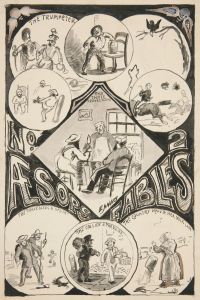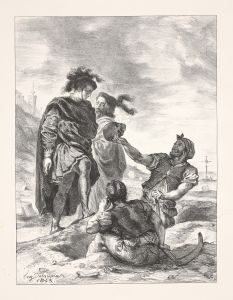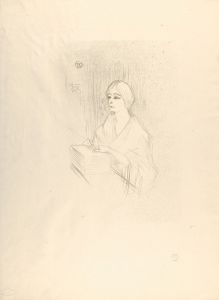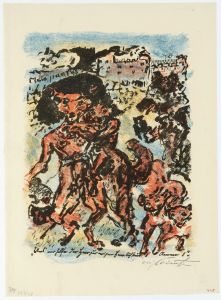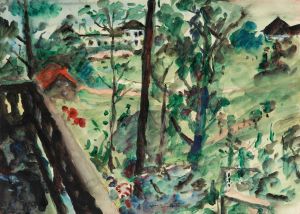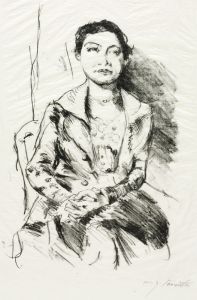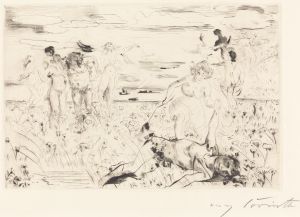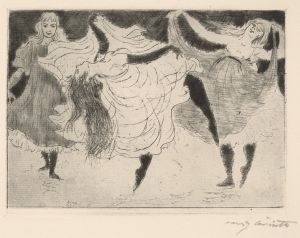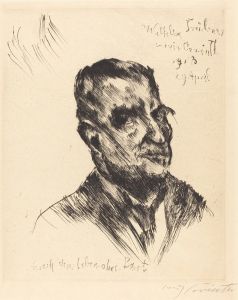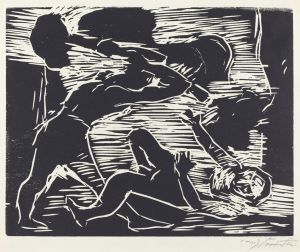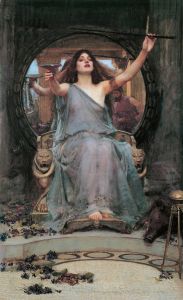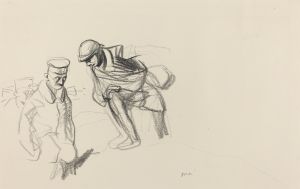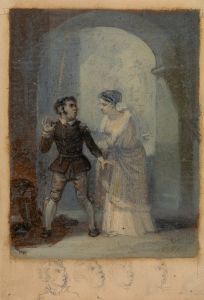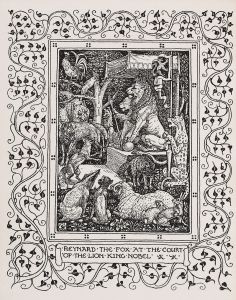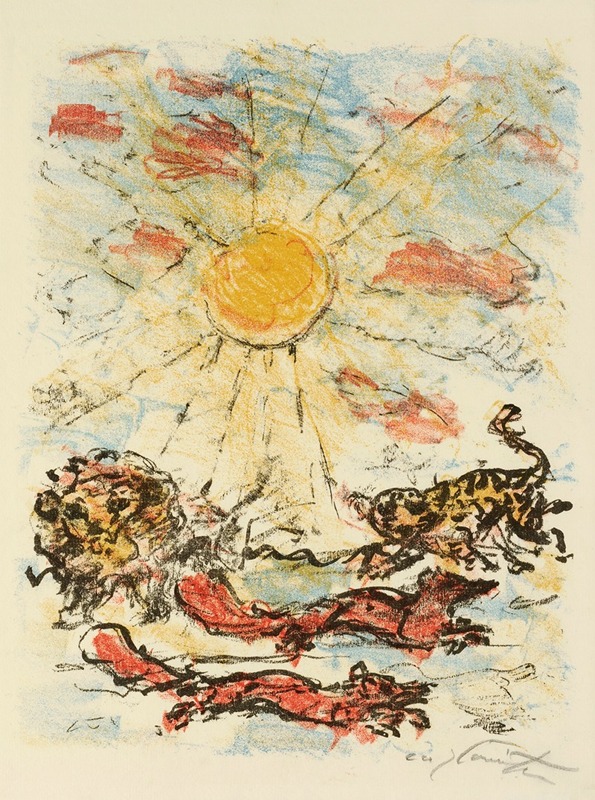
Schlussseite aus der Folge ‘Reinecke Fuchs’
A hand-painted replica of Lovis Corinth’s masterpiece Schlussseite aus der Folge ‘Reinecke Fuchs’, meticulously crafted by professional artists to capture the true essence of the original. Each piece is created with museum-quality canvas and rare mineral pigments, carefully painted by experienced artists with delicate brushstrokes and rich, layered colors to perfectly recreate the texture of the original artwork. Unlike machine-printed reproductions, this hand-painted version brings the painting to life, infused with the artist’s emotions and skill in every stroke. Whether for personal collection or home decoration, it instantly elevates the artistic atmosphere of any space.
Lovis Corinth, a prominent German painter and printmaker, created the artwork "Schlussseite aus der Folge ‘Reinecke Fuchs’" as part of his series inspired by the medieval fable "Reineke Fuchs" (Reynard the Fox). This fable, which has its origins in European folklore, tells the satirical and allegorical tale of a cunning fox navigating a world of anthropomorphic animals. Corinth’s interpretation of the story reflects his characteristic style, blending elements of realism and expressionism.
The artwork, whose title translates to "Final Page from the Series ‘Reinecke Fuchs,’" is part of a larger series of illustrations Corinth produced based on the fable. These works were created during the early 20th century, a period when Corinth was exploring themes of morality, human nature, and the complexities of life through his art. His engagement with "Reineke Fuchs" demonstrates his interest in literature and his ability to translate narrative themes into visual form.
Corinth’s style in this series is marked by dynamic lines, dramatic contrasts, and a sense of movement, which convey the tension and wit of the fable. The "Schlussseite" (final page) likely serves as a concluding piece in the series, encapsulating the moral or resolution of the story. While the specific details of this particular artwork are not widely documented, it is consistent with Corinth’s broader body of work, which often combines technical skill with emotional intensity.
Lovis Corinth was a key figure in the transition from 19th-century realism to 20th-century expressionism. Born in 1858 in Tapiau, East Prussia (now Gvardeysk, Russia), he studied art in Königsberg, Munich, and Paris. Over his career, he produced a diverse range of works, including portraits, landscapes, and historical scenes. His later works, created after he suffered a stroke in 1911, are particularly noted for their expressive and sometimes turbulent qualities.
The "Reinecke Fuchs" series reflects Corinth’s ability to engage with literary and cultural themes, using his art to explore timeless questions about human behavior and societal norms. This series is an example of how Corinth merged his technical expertise with his interest in storytelling, creating works that resonate with both visual and narrative depth.
Further details about the specific composition and context of "Schlussseite aus der Folge ‘Reinecke Fuchs’" are limited, as this piece is not as extensively studied or documented as some of Corinth’s other works. However, it remains an important part of his exploration of literary themes and his contribution to early 20th-century art.





